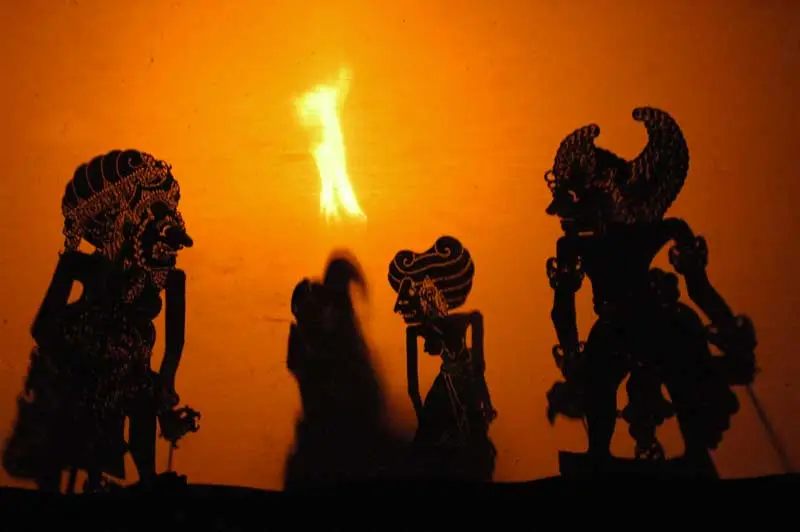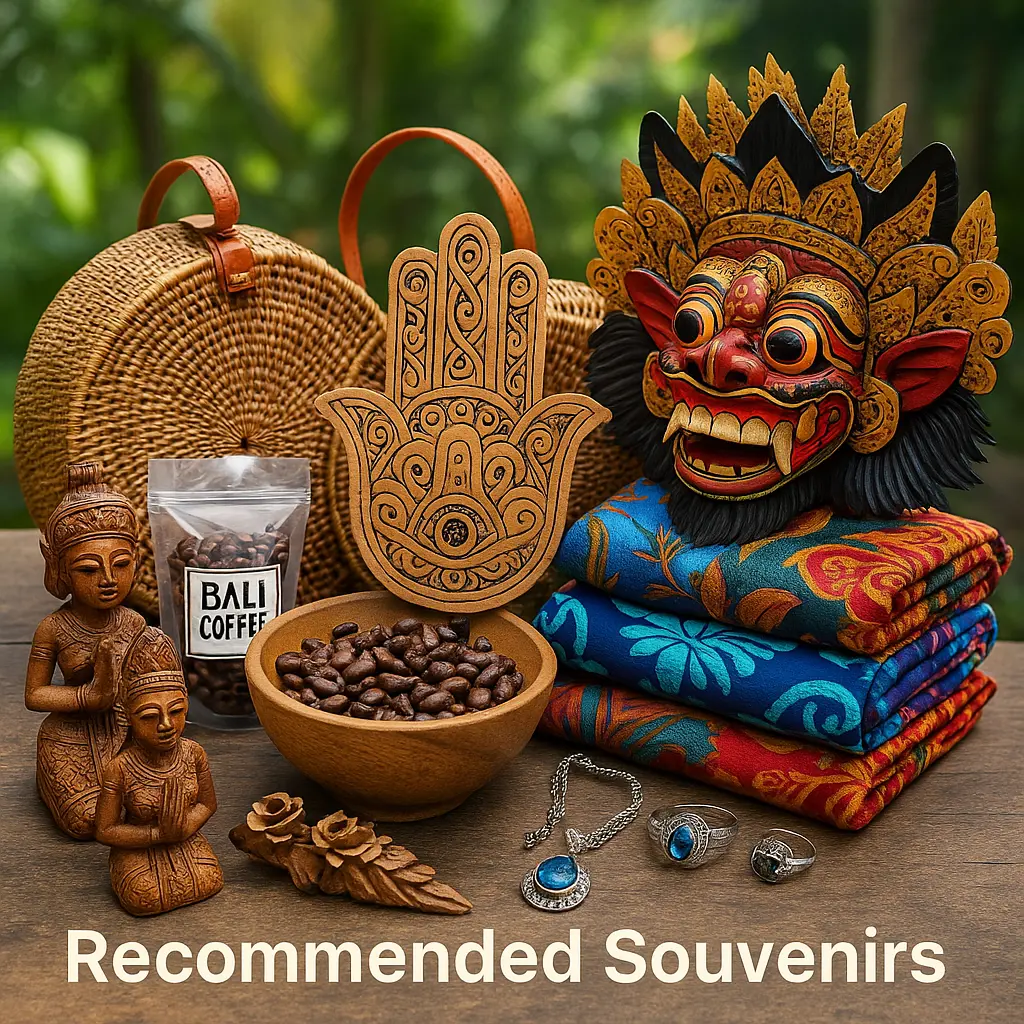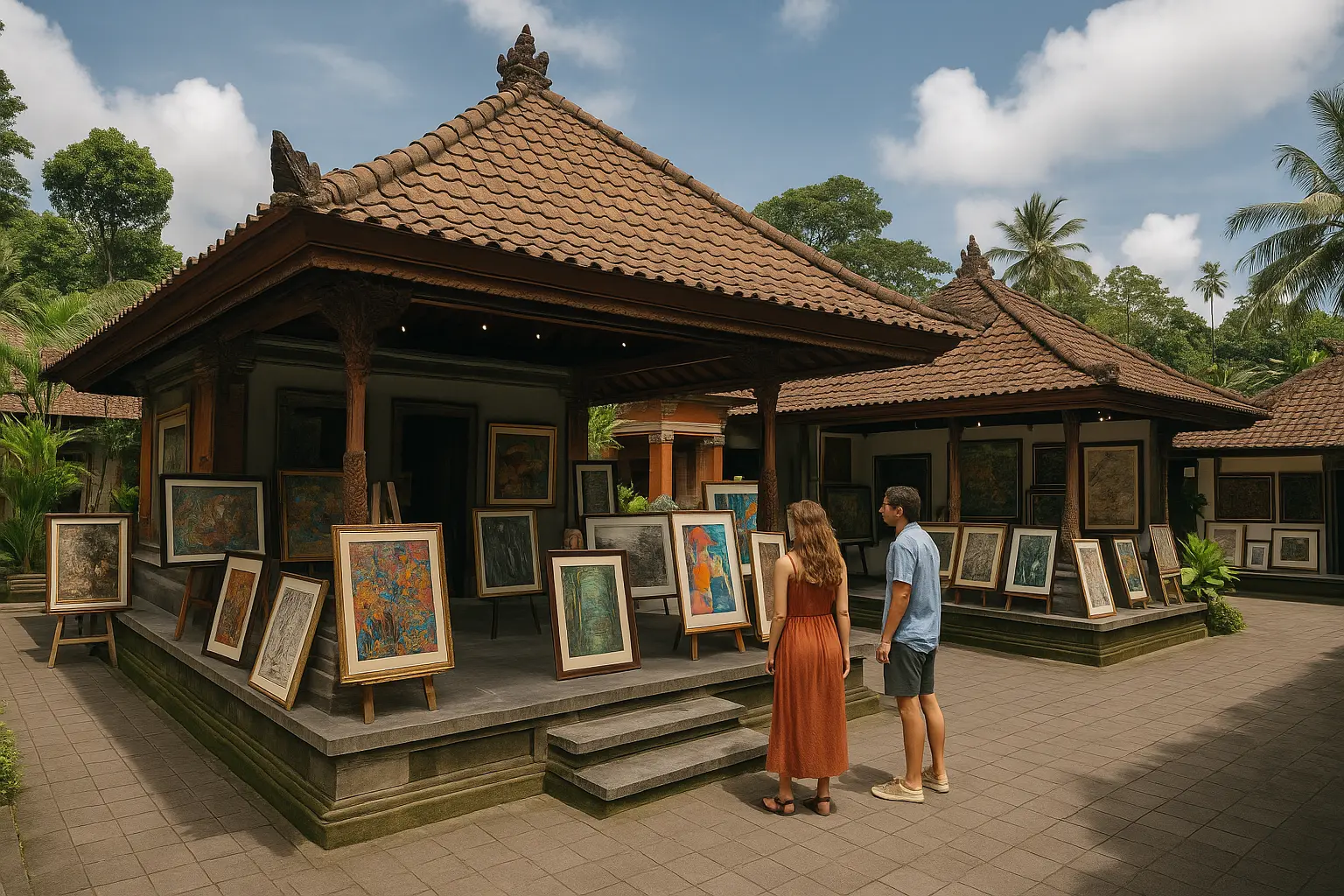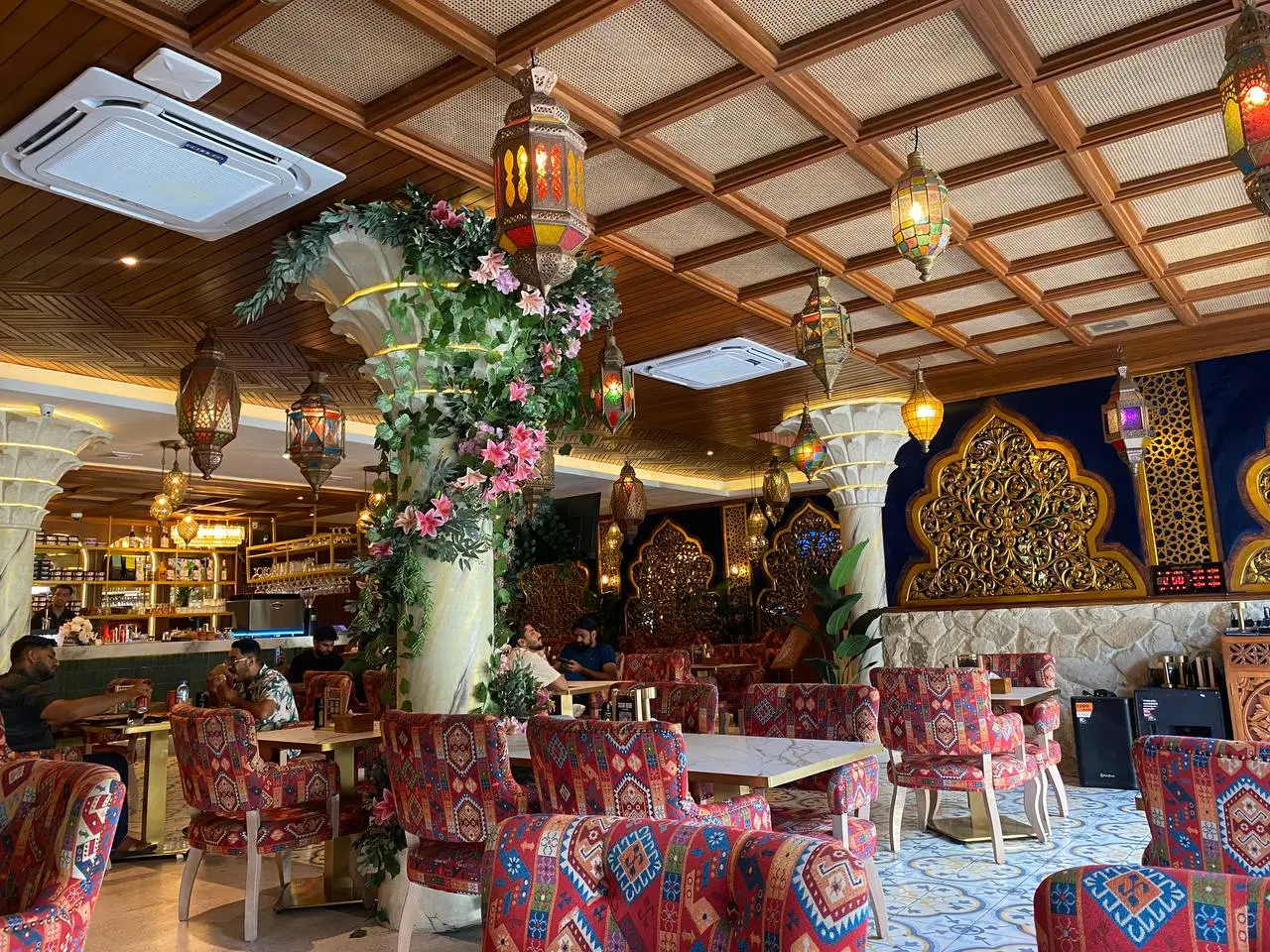Among Bali’s many cultural treasures, the Wayang Kulit Bali (Balinese shadow puppet theater) holds a special place. More than just entertainment, it is a blend of storytelling, spirituality, and philosophy that has survived for centuries. While tourists often associate Bali with temples, dances, and beaches, experiencing wayang kulit Bali offers a unique window into the island’s soul.
This traditional shadow play uses intricate leather puppets and a master puppeteer (dalang) to bring ancient epics like the Ramayana and Mahabharata to life. But beyond the shadows on the screen, wayang kulit Bali is a reflection of the island’s worldview where life, death, good, and evil are forever intertwined.
The Origins of Wayang Kulit Bali
Wayang kulit has deep roots in Indonesian culture, with its earliest traces dating back more than a thousand years. In Bali, the art form evolved under strong Hindu influence, particularly from Indian epics that arrived through Java before reaching the island.
Historically, wayang kulit Bali was not just performed for entertainment—it was also a ritual. Performances were often held during temple ceremonies, full moon festivals, or important rites of passage. The dalang (puppet master) was more than an artist; he was also considered a priest and spiritual guide, channeling wisdom through the stories he told.
The survival of wayang kulit Bali across centuries shows how storytelling became a vital tool to preserve history, religion, and cultural identity.
Symbolism and Philosophy Behind the Shadows
The magic of wayang kulit Bali lies in its ability to convey profound philosophy through simple shadows. Every character, movement, and sound has meaning.
-
Light and Shadow: The screen represents the boundary between the seen and unseen worlds. The shadows remind the audience that reality is shaped by both visible and invisible forces.
-
Good vs Evil: Characters like Rama, Arjuna, or the noble Pandavas represent virtue, while their enemies symbolize chaos and greed. Yet, the stories also show that good and evil are not absolute they exist in balance.
-
The Dalang’s Role: The puppet master controls all voices, movements, and even gamelan cues. Symbolically, the dalang represents the cosmic force that controls the universe.
Through these layers, the wayang kulit Bali becomes a lesson in life’s balance between light and dark, joy and sorrow, humanity and divinity.
The Puppets: Art in Leather
The puppets used in wayang kulit Bali are themselves masterpieces of art. Made from buffalo hide and intricately carved, each puppet can take weeks to finish. Artisans decorate them with gold leaf, natural dyes, and delicate patterns that reveal Bali’s rich artistic heritage.
Characters are instantly recognizable:
-
Noble heroes are slim, graceful, and painted with calm expressions.
-
Villains are larger, with bulging eyes and exaggerated features.
-
Clowns and jesters add humor, bridging sacred stories with everyday life.
These details ensure that even when seen only as shadows, each puppet carries its own identity and energy.
Stories Told in Wayang Kulit Bali
The majority of wayang kulit Bali performances are based on Hindu epics the Ramayana and the Mahabharata. These tales are centuries old but remain relevant because they deal with universal themes: loyalty, justice, love, betrayal, and destiny.
In addition to epic battles and divine struggles, Balinese versions often add local twists. Comedic characters called punakawan bring humor and reflect the daily lives of villagers, making the performance relatable and entertaining.
This balance between the sacred and the humorous keeps audiences engaged for hours, while also passing on moral lessons.
Wayang Kulit as a Spiritual Experience
For the Balinese, attending a wayang kulit Bali performance is not just watching a show it is participating in a spiritual experience. The ritual is often accompanied by offerings, prayers, and gamelan music.
The sound of the gamelan, the chanting of mantras by the dalang, and the flickering shadows create a hypnotic atmosphere. For many, it feels like a connection between the human world and the divine.
Even today, the performance is believed to purify the environment, drive away negative spirits, and bless the community.
Wayang Kulit Bali in Modern Times
In the age of smartphones and streaming platforms, one might think traditional arts would fade. Yet, wayang kulit Bali continues to thrive. Tourists often attend performances in Ubud or Denpasar, while local communities keep the tradition alive through temple festivals and cultural events.
Some modern dalangs even adapt the stories to contemporary issues, blending ancient wisdom with modern commentary. This shows the flexibility of wayang kulit it is not stuck in the past but evolves with time.
As UNESCO has recognized wayang kulit as a Masterpiece of the Oral and Intangible Heritage of Humanity, the global importance of preserving this art form is clear.
Conclusion
The wayang kulit Bali is more than just shadows on a screen it is a living tradition that combines art, philosophy, and spirituality. By watching it, one doesn’t just enjoy a performance but also glimpses the Balinese understanding of the universe: that life is a balance of light and darkness, guided by forces greater than ourselves.
For tourists, discovering wayang kulit Bali is a chance to witness not only an ancient art form but also a profound expression of Indonesia’s cultural soul. also read my article about Full guide to shopping in Ubud Best Place to Buy Souvenirs









